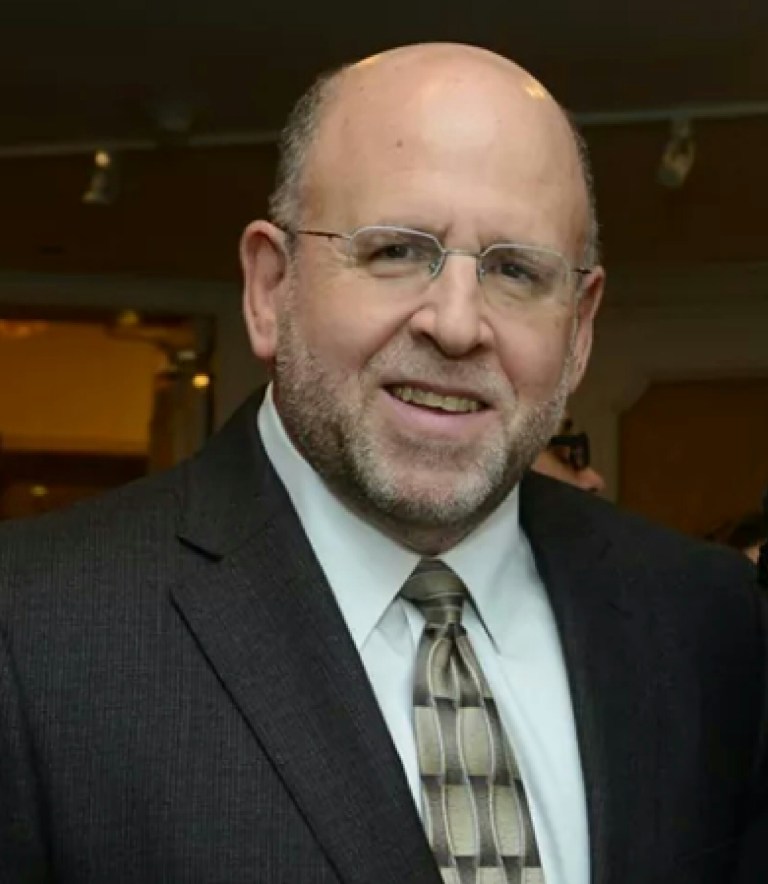
The daring cave rescue in Thailand was breathtaking. For a few moments, the world stood still.
Skilled divers, medical personnel and others united and prevailed to save the lives of 12 children and their soccer coach.
It was a time when thoughts and prayers were a welcome sentiment, as opposed to the cliché often uttered by politicians in the aftermath of a school shooting.
Meanwhile, one of the more disturbing and divisive stories in recent memory — the forcible separation of thousands of migrant children from their parents after crossing the southern border into the United States — remains.
What makes the migrant children story disturbing is obvious.
Although some people may be put off by the term “kids in cages,” the reality is that many of them are confined to chain-link pens that they are not permitted to leave.
Not so obvious are the nuances contained in the widely divergent and often politically motivated opinions about what brought them here in the first place.
Many believe the migrants were seeking asylum from violent gangs and terror.
Others say they were escaping poverty and looking for a free ticket into the U.S.
Still others insist that the bulk of the children were brought here not by parents but by human traffickers posing as parents and that they haven’t been separated but put into protective custody.
Whatever the reason they undertook the arduous and dangerous journey, the result is the same: Who is welcome here and who is not have become political flashpoints in post-truth America.
The juxtaposition of migrant children trapped in cages and children trapped in caves symbolizes a troubling paradox: Some children count and some don’t.
Thailand is a well-known destination for forced labor and sex trafficking of children.
Yet we are not riveted to the plight of these children, whose daily peril is not as well-exposed as the kids in caves.
The kids in caves made for great reality TV. It evoked Survivor, the reality show where contestants are stranded in an isolated location and a lone survivor takes home a cash prize. Cave Rescue was more compelling must-see TV, with life and death at stake.
When the kids in the cave were losing oxygen, tanks of air were delivered to them.
One man, a Thai Navy SEAL Saman Gunan, gave his life for the boys to breathe easier. These kids also had each other and a surrogate parent for emotional support.
There were volunteers from around the world pitching in and well-wishers everywhere.
But what of the kids in cages who are experiencing inconsolable grief and a prolonged stress response that is likely to derail their healthy development for many years to come? Who is there to rescue them?
What they are missing cannot be found in a metal canister. What they long for is human touch and a sense of hope.
The daring rescue in Thailand was a blessing for its exhilarating outcome and for what it made us feel about ourselves, if only for a moment. We all cared together.
If only there was some way to sustain that feeling and goodwill toward all of God’s children.
Andrew Malekoff is the Executive Director of North Shore Child & Family Guidance Center, which provides comprehensive mental health services for children from birth through 24 and their families. To find out more, visit www.northshorechildguidance.org.






